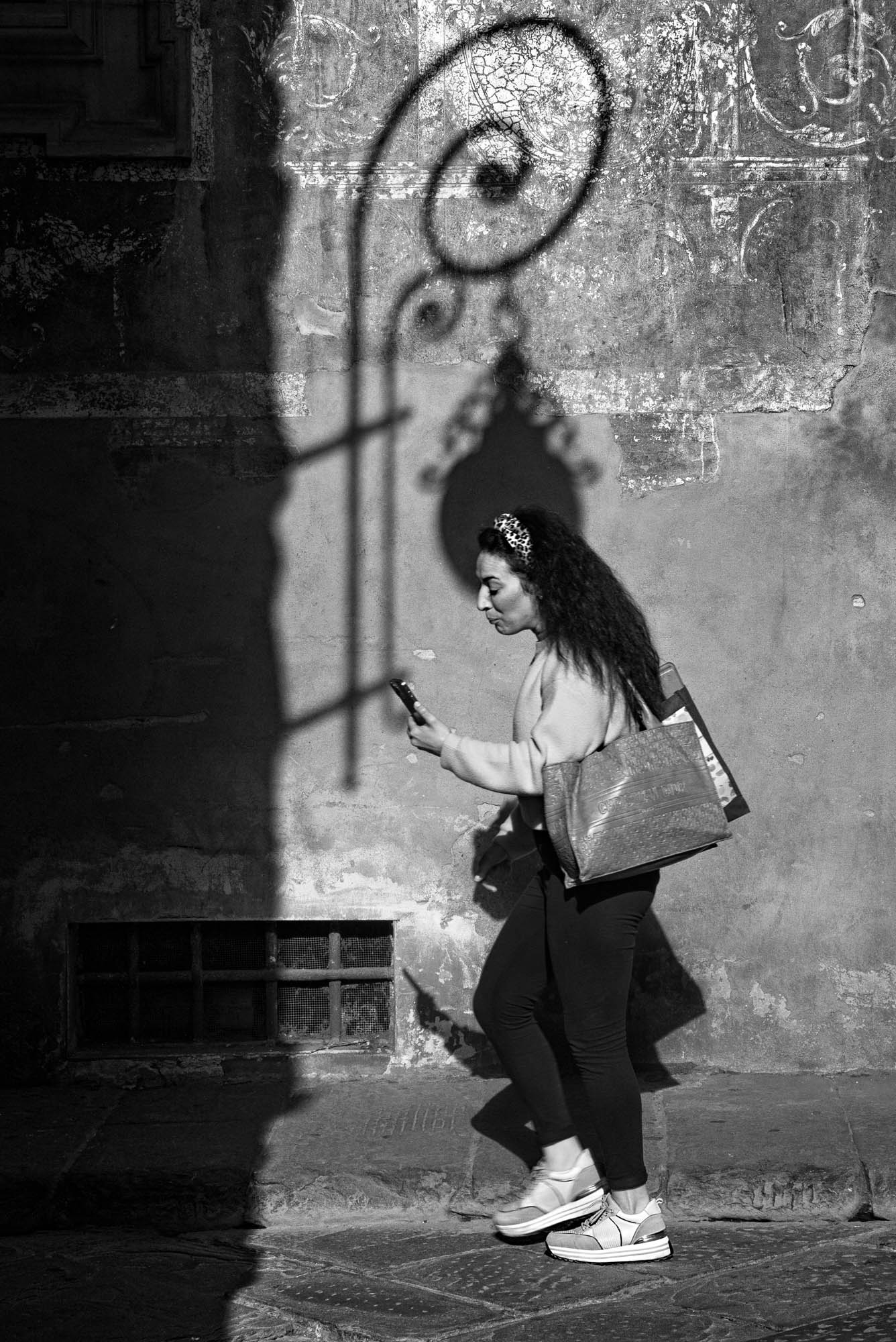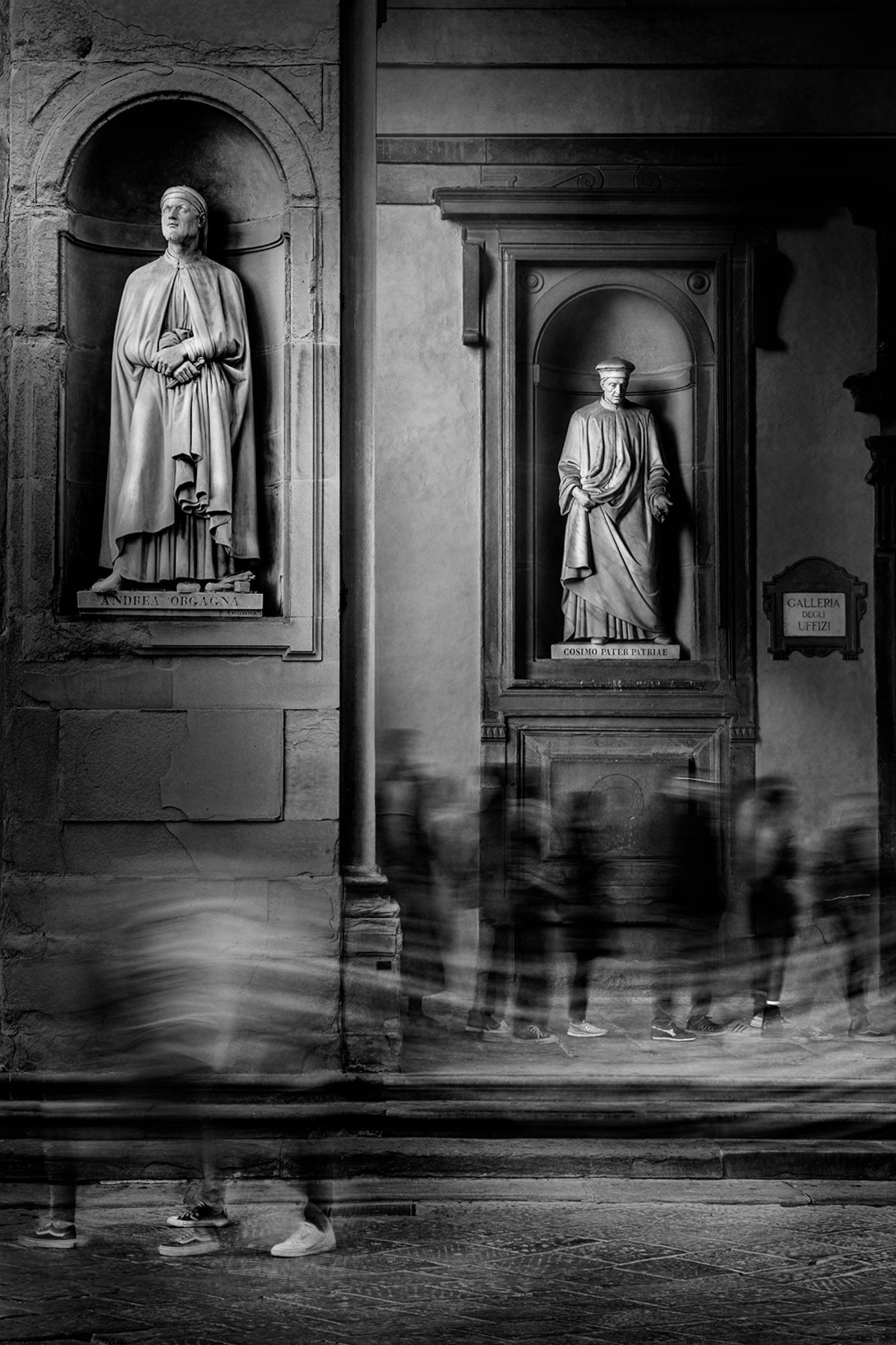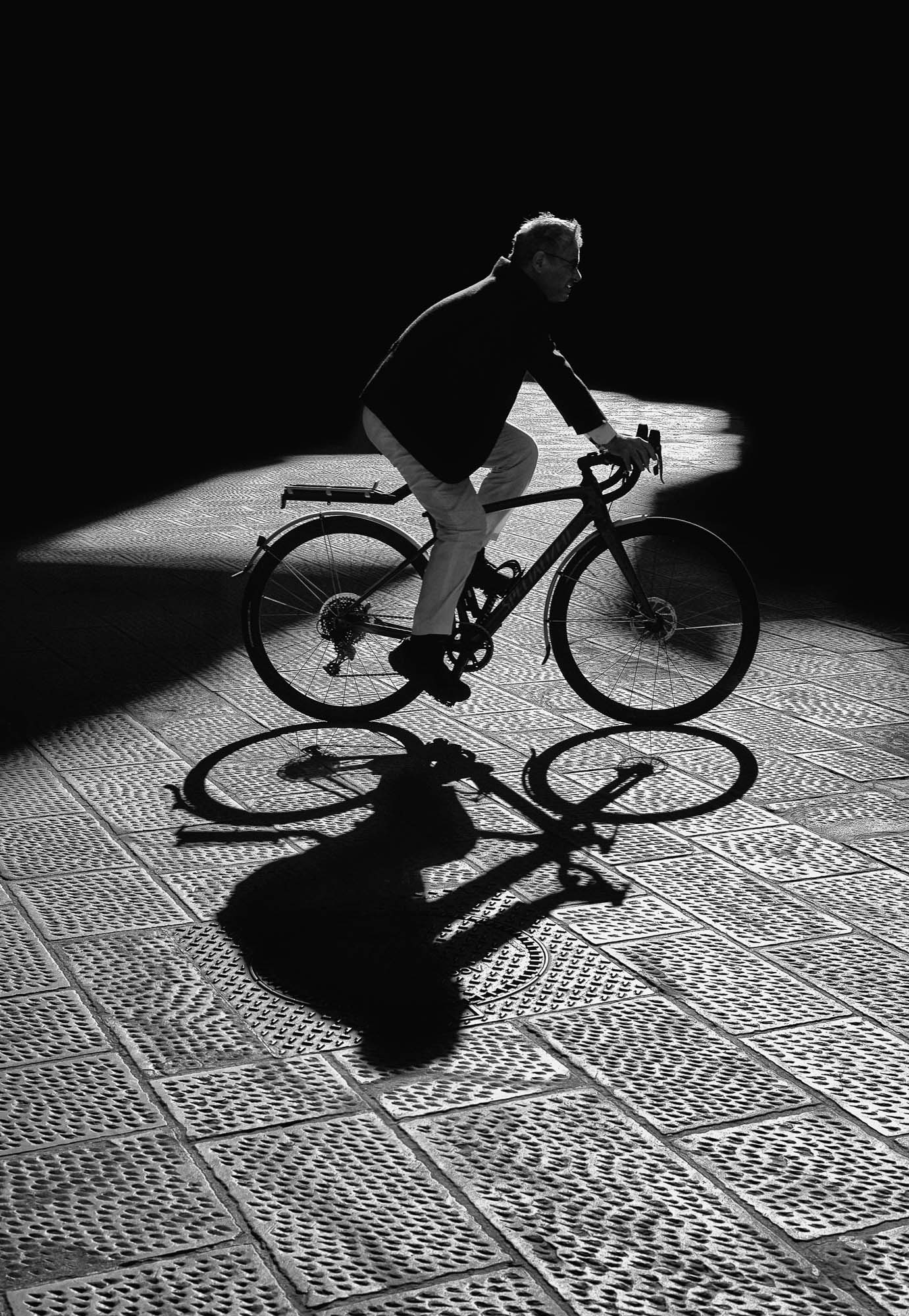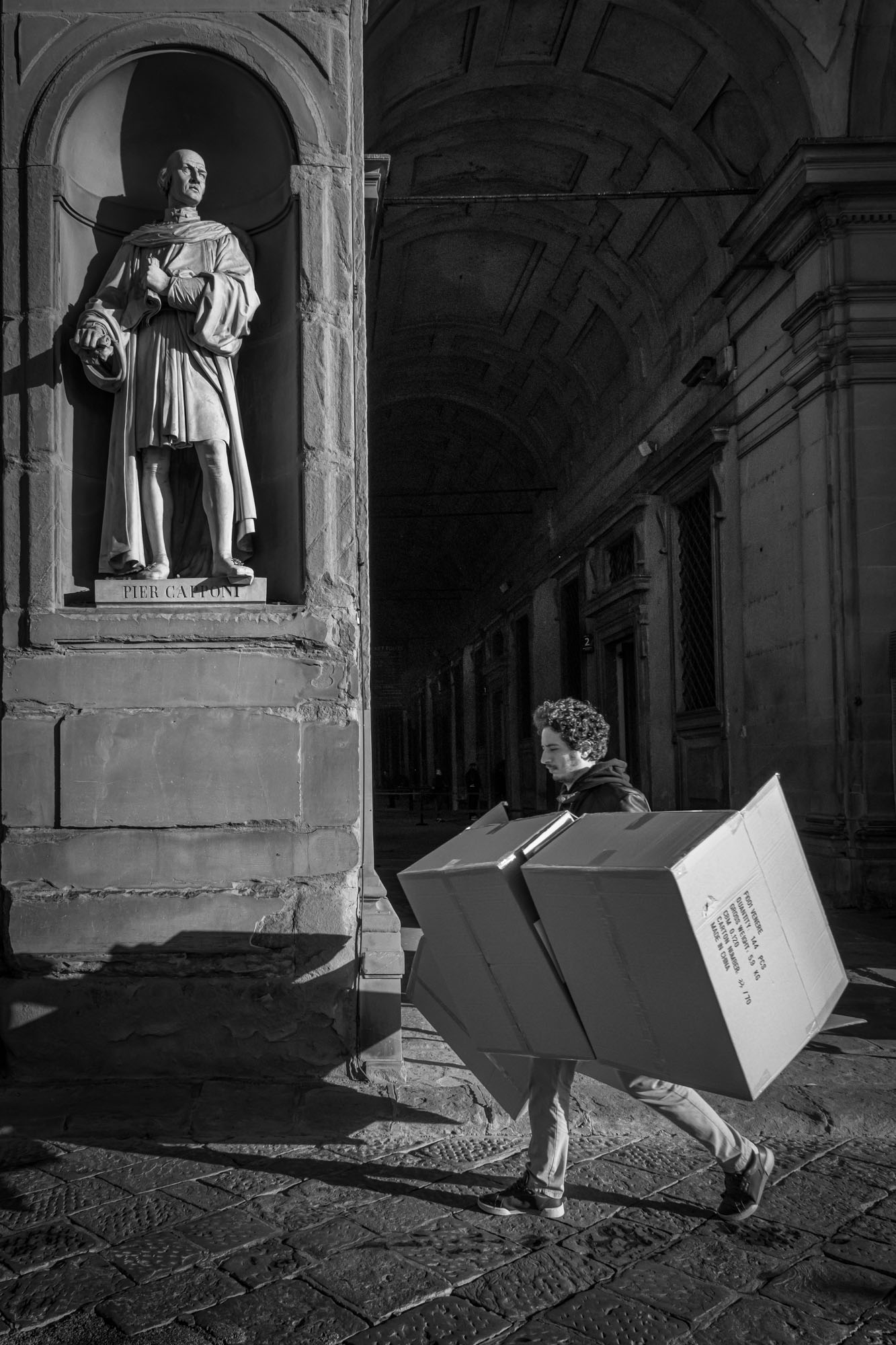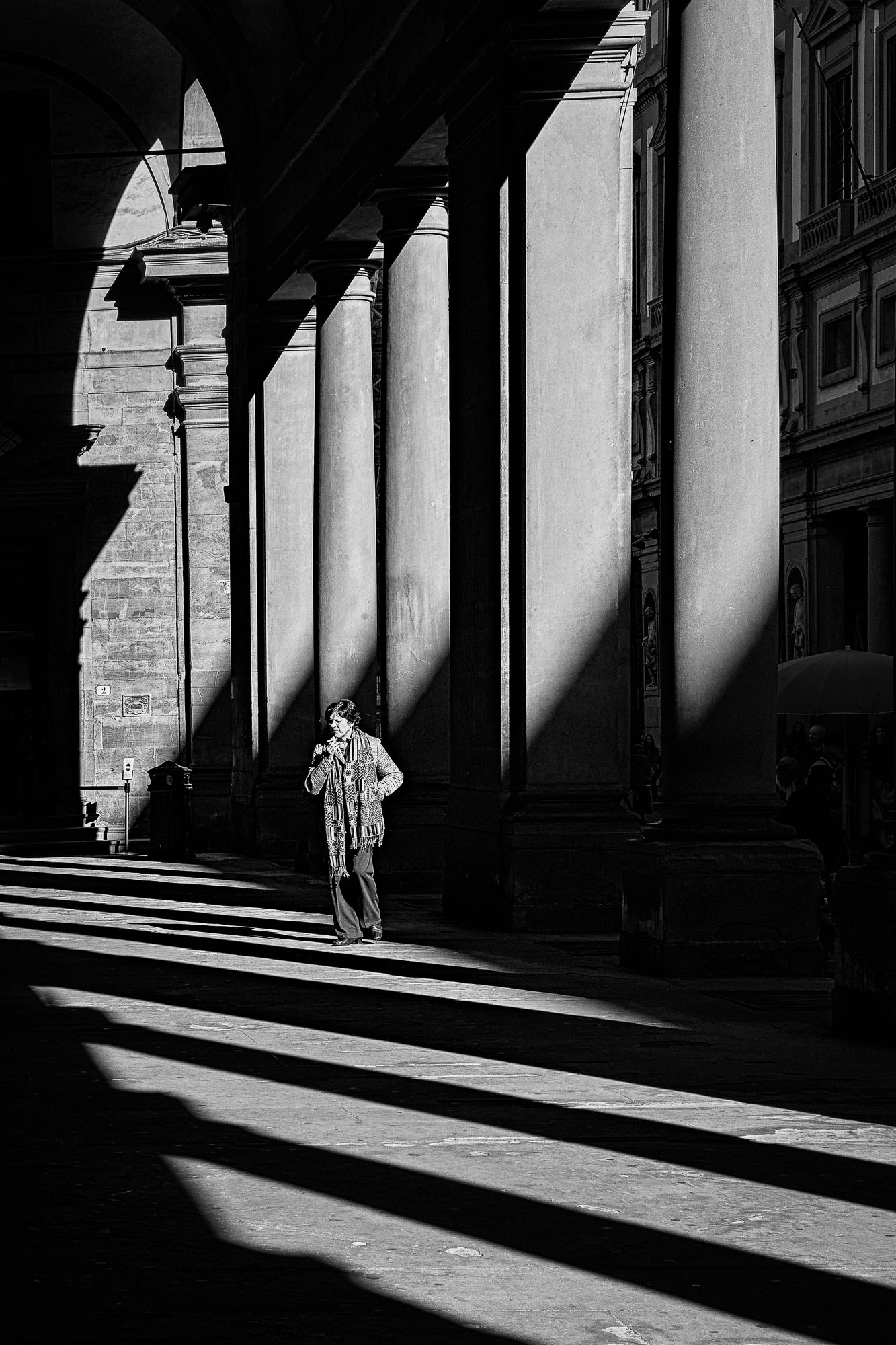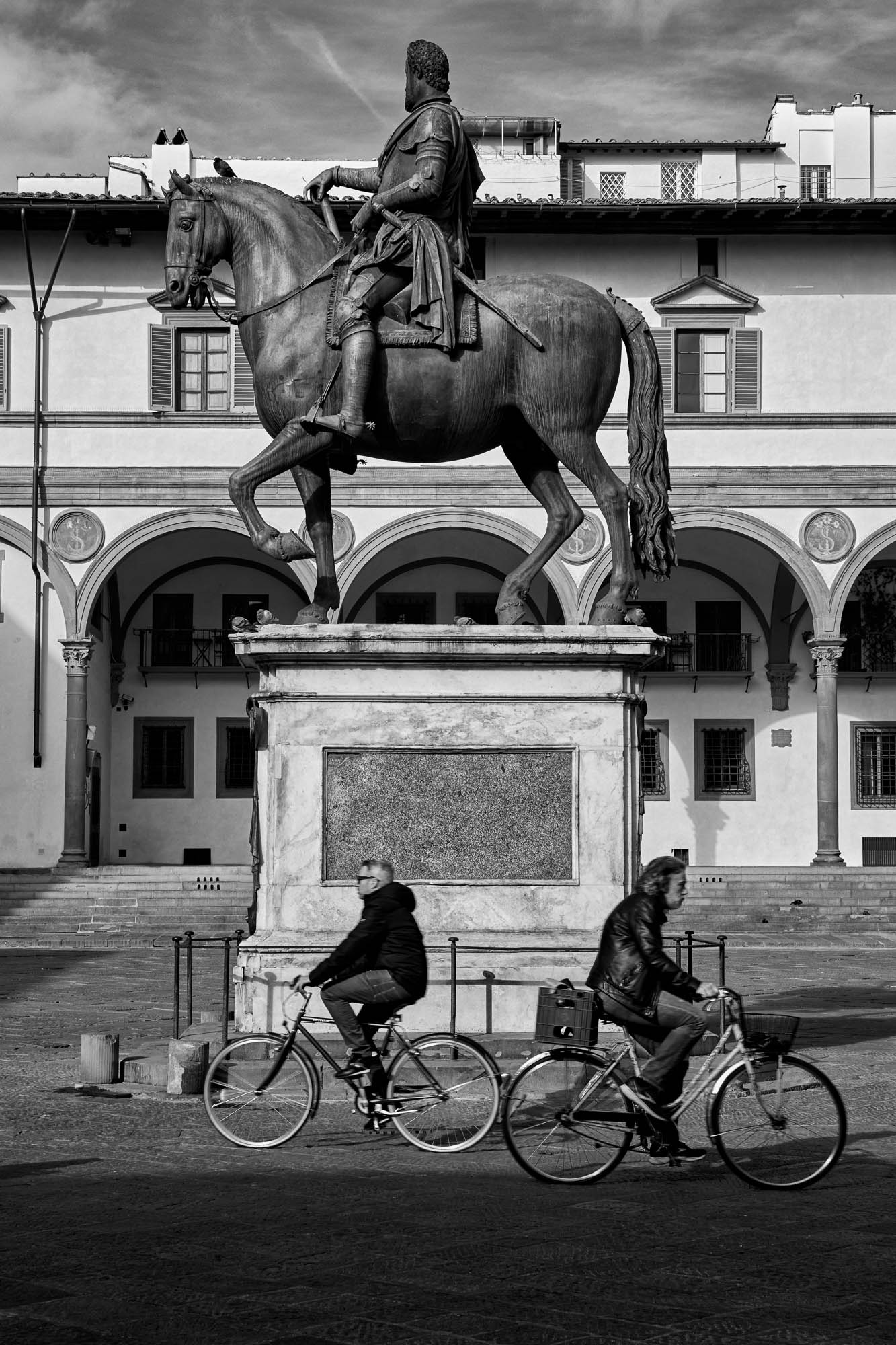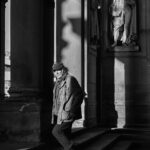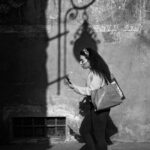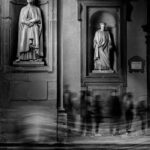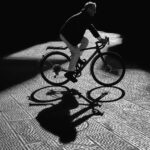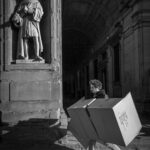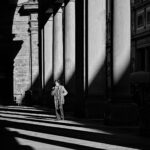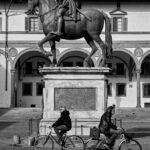Pioneers of Street Photography: The Early Influencers
Street photography has a rich history, stretching back to the birth of the medium; early pioneers included the French photographers Charles Negre and Eugene Atget, who set about documenting Paris’s changing urban environment in the late 19th century.
American photographers took on the mantel at the turn of the 20th century. Alfred Stieglitz, an advocate of the Modernist movement and often regarded as one of the pioneers of fine art photography, took some memorable street images and is worthy of a mention. Berenice Abbott is often considered one of the most important early street photographers. In the 1930s, she captured some of the most iconic images of New York City, including its people, architecture, and neighbourhoods, with a focus on capturing the energy and complexity of urban life. Abbott’s work is notable for its sharp focus, dramatic use of light and shadow and a keen eye for composition. She captured the city’s beauty and grittiness, creating a body of work that remains influential to this day. William Eggleston is another practitioner who is not strictly considered a typical street photographer; however, through his innovative use of colour photography to capture the beauty in the mundane commonplace has influenced the street photography genre.
As the 1930s and 40s rolled around, so too did the tides of photography. Photographers like Henri Cartier-Bresson, Walker Evans, and Dorothea Lange further developed the genre with a more candid and spontaneous approach to capturing everyday life in everyday settings. Evans and Lange, two iconic photographers, are mainly known for their work documenting the lives of sharecroppers and migrant labourers during the Great Depression, working under the umbrella of government-funded projects like the Farm Security Administration, which aimed to combat rural poverty during the Great Depression. Their work became a cornerstone of modern photojournalism and documentary photography. While Henri Cartier-Bresson is widely considered to be the father of modern street photography and one of the founding members of Magnum Photos, his work has had a profound impact on the field of photography. Cartier-Bresson coined the concept of the “Decisive Moment.” He believed that there is a specific instant when all the elements of a scene or subject come together in perfect balance to create a compelling image. Cartier-Bresson believed that photographers should be patient and wait for these moments to occur rather than trying to force a scene or pose their subjects. But here’s the question – would these photographers consider themselves street photographers? After all, the lines between street photography and documentary photography can be blurry at best.
Documentary vs. Street Photography
Documentary and street photography may seem interchangeable; however, subtle differences set them apart like two sides of the same coin. The former aims to capture the essence of societal issues or broader cultural aspects as the “story” is the main objective, with picture sequencing at the taking and editing stage carefully considered to convey a specific narrative. On the other hand, a street photographer’s mindset is more fluid as the ultimate prize is about capturing that perfect moment, that split-second of spontaneous action in everyday life that conveys the essence of the street in a single shot. Nevertheless, both styles share a similar emphasis on capturing authentic, unscripted moments, and both genres are capable of telling more complex and nuanced stories through their capture of unmitigated reality.
Diverse Perspectives in Modern Street Photography
The art of street photography has evolved tremendously over the decades, with an influx of talented and passionate photographers taking to the streets to capture stunning imagery. Through experimentation, new techniques, and evolving styles, the aesthetic continues to grow and push boundaries. Today’s street photographers are self-directed and driven by their own interests and passions, leading to a more diverse and varied subject matter. This creative freedom has allowed for truly transformative imagery that captures the essence of the people and places we inhabit.
It’s no easy feat to narrow down a list of favourite photographers, especially when so many talented artists are out there. I am hesitant even to attempt it, as naming a few would inevitably mean excluding a lot. But if I had to choose, there are a handful of photographers whose work consistently fills me with enjoyment and inspiration. Through their unique perspectives, their choice of subject matter and unwavering dedication to their craft, they have brought me hours of enjoyment, so from the gritty, in-your-face style of Bruce Gilden to the offbeat, often humorous shots of Martin Parr, my list also includes, Garry Winogrand, Joel Meyerowitz, Alex Webb, Mary Ellen Mark, Trent Parke, Matt Stuart, Dougie Wallace, and Melissa O’Shaughnessy.
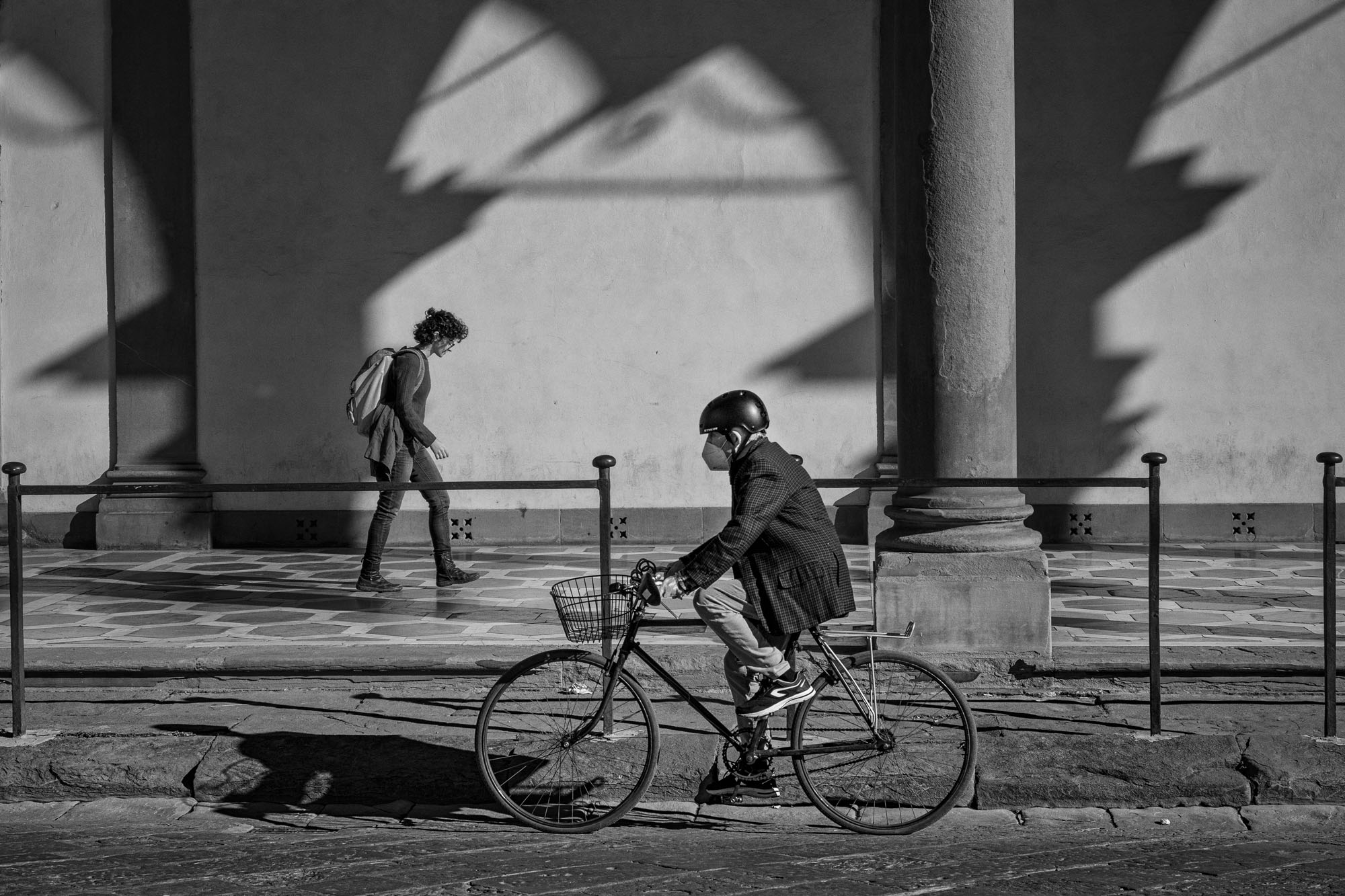
My Experience with Street Photography in Florence
As I strolled the winding streets of Florence, I found myself mesmerised by this Renaissance city’s vibrant and bustling energy. With my favourite rangefinder camera in hand, these in-between moments, away from photographing the structured pictorial vistas that were the main focus of this short city stay, felt liberating. The images included in this post are the results of aimless walks and the willingness to get lost among the hustle and bustle of the streets. I was free to capture anything that caught my eye, unencumbered by client briefs or the weight of the kit. I had no expectations, as every shot was a chance encounter. If I came away with one picture or none, it did not matter, as the simple pleasure of meandering the streets was an intoxicating experience.
In this blog post, I have touched briefly on some of the history of street photography and mentioned a few photographers whose work I enjoy viewing. However, as photographers, we need to strike a balance in how we take inspiration and look at our work. While it is important to create your own path in photography and focus on a personal journey, there is much to be gained from looking at other photographers’ work. This has allowed me to appreciate different styles, techniques, and perspectives that I may not have considered. Street photography has a long, rich history with some amazing photographers, and it is also great fun.


